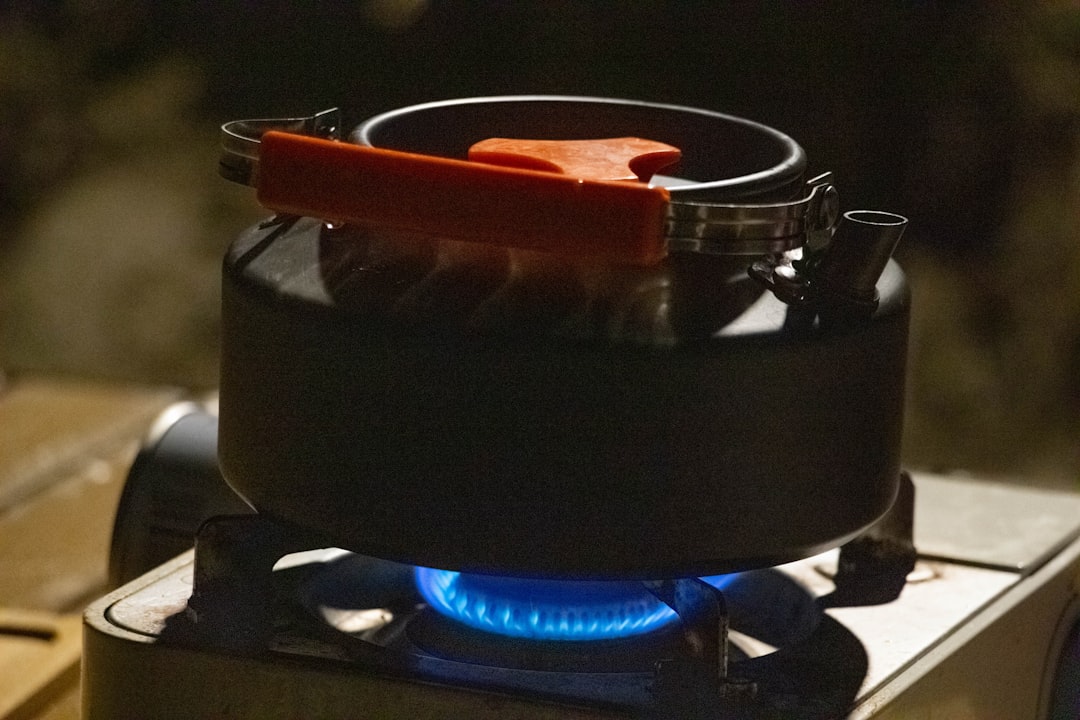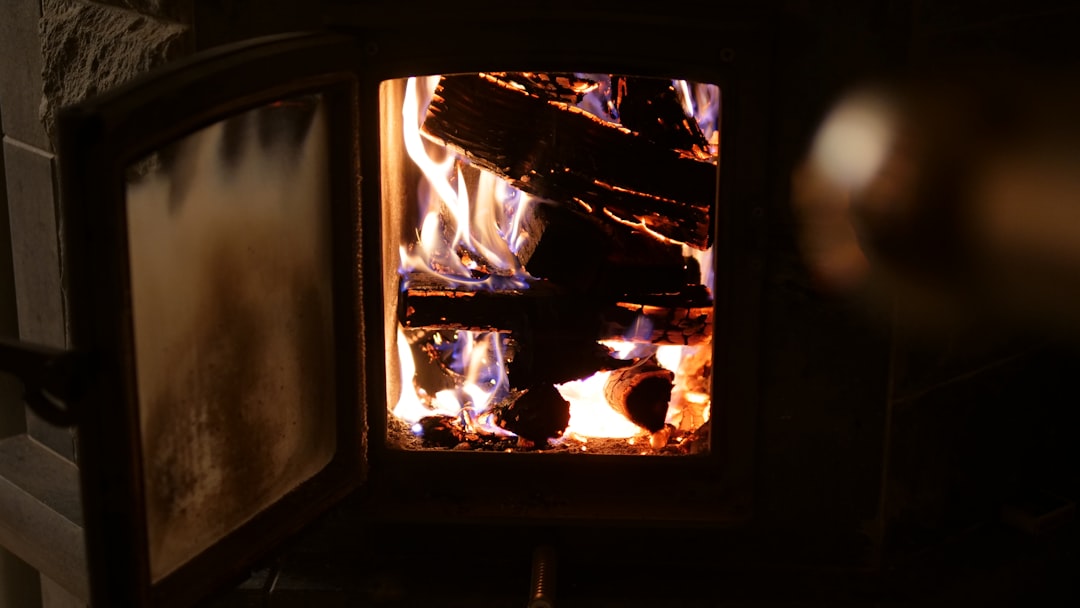A Strategic Sourcing Guide: How to Select the Right Gas Stove Manufacturer for OEM/ODM
Your Ultimate Guide to Finding the Perfect Gas Stove Manufacturer for OEM/ODM Success
In the competitive world of kitchen appliances, partnering with the right manufacturer is the cornerstone of building a successful brand. For businesses looking to offer high-quality gas cooktops, China presents a landscape rich with opportunity, boasting a mature ecosystem for both Original Equipment Manufacturing (OEM) and Original Design Manufacturing (ODM). However, navigating this vast market requires a strategic approach. This comprehensive guide will walk you through every critical step, ensuring you find a manufacturing partner that aligns with your brand’s standards for quality, innovation, and reliability.

Understanding the Difference: OEM vs. ODM Manufacturing
Before diving into your search, it's crucial to understand the two primary manufacturing models. OEM (Original Equipment Manufacturing) is where the manufacturer produces a product based on your design and specifications. You own the intellectual property. In contrast, ODM (Original Design Manufacturing) involves selecting an existing product design from the manufacturer's catalog, which you can then rebrand as your own. Many factories offer a hybrid approach, allowing customization of their existing designs. Your choice will depend on your budget, design capabilities, and desired level of product uniqueness.
Why China Dominates the Gas Stove Manufacturing Industry
China has solidified its position as a global leader in appliance manufacturing for several compelling reasons. The country offers unparalleled economies of scale, allowing for highly competitive pricing without sacrificing quality. Industrial clusters, particularly in Guangdong province (Foshan, Zhongshan) and Zhejiang, have created a complete ecosystem where components like burners, valves, and stainless steel are readily available. This integration streamlines production, reduces lead times, and fosters continuous innovation in gas combustion technology and product aesthetics. Furthermore, top-tier manufacturers are experienced in adhering to global safety standards, making them reliable partners for international brands.
Key Criteria for Vetting Potential Gas Stove Suppliers
Selecting a supplier requires more than just comparing price lists. A rigorous vetting process is essential to mitigate risks and ensure a fruitful partnership. Focus on suppliers with a proven track record and transparent operations. Look for manufacturers with extensive experience in exporting to your target market, as they will be familiar with the specific regulations and consumer expectations. A responsive communication team that is fluent in your language is also a significant asset, as this minimizes misunderstandings and ensures a smoother collaboration from prototyping to final delivery.
Essential Certifications: The Non-Negotiable Proof of Quality
A manufacturer's certifications are a direct reflection of their commitment to quality and safety. Do not compromise on this. Key certifications to verify include:
- ISO 9001: This indicates the factory has a robust quality management system in place.
- CE/UKCA: Mandatory for products sold in the European Economic Area and Great Britain, respectively.
- UL/CSA: Required for market access in the United States and Canada.
- CCC (China Compulsory Certification): Recent regulations have made this mandatory for gas appliances sold within or imported to China, demonstrating a commitment to domestic safety standards that often translates to overall production quality.
Always request to see valid certification documents and, if possible, third-party test reports for specific products.

The Importance of Material Quality and Component Selection
The durability and performance of a gas stove are directly tied to the materials used. During your evaluation, inquire about the specifics of the materials and components. For cooktop surfaces, common options include high-grade stainless steel (like 304 grade for corrosion resistance) and tempered glass. For burners, materials like cast iron, brass, and copper offer different levels of heat retention and durability. A reputable manufacturer will be transparent about their supply chain and the quality of the components they integrate into their products, from ignition systems to safety valves.
Evaluating Production Capacity and Quality Control Processes
Ensure your chosen manufacturer can meet your volume demands without compromising quality. Evaluate their production capacity by assessing factory size, the number of production lines, and workforce skills. A critical step is to understand their quality control (QC) process. Inquire about their QC checkpoints: Do they inspect raw materials? Do they perform leak testing and combustion efficiency tests during assembly? Is there a final random inspection before shipment? A robust QC process is vital for safety-critical products like gas stoves.
| Evaluation Aspect | Budget Tier | Mid-Tier | Premium Tier |
|---|---|---|---|
| Materials | Standard stainless steel, basic glass | Higher-grade stainless steel, thicker tempered glass | 304-grade stainless steel, heat-resistant ceramic glass |
| Burners | Standard cast iron | Heavy-duty cast iron, brass caps | Forged brass burners, high-efficiency designs |
| Certifications | Local/regional standards | ISO 9001, CE | ISO 9001, CE, UL/CSA, advanced energy efficiency labels |
| Quality Control | Basic final inspection | In-process checks, batch testing | Comprehensive testing at every stage, material traceability |
The Design, Prototyping, and Sampling Phase
Never commit to a large order without first approving a physical sample. This is your opportunity to test the product's functionality, build quality, and aesthetics firsthand. For OEM projects, the prototyping phase is a collaborative process where you refine your design with the manufacturer's engineers. For ODM, you might request samples of a few different models to compare. Be clear and detailed with your feedback. A willingness to create and revise samples is the mark of a good partner.

Navigating Contracts and Defining Clear Specifications
Ambiguity is the enemy of successful sourcing. Your contract and product specification sheet should be meticulously detailed. Leave no room for interpretation. Clearly define:
- Product Specifications: Materials, dimensions, burner power (kW), ignition type, safety features.
- Quality Standards: Acceptance criteria for cosmetic defects, functional test parameters.
- Packaging Requirements: Branded boxes, protective materials, user manuals.
- Payment Terms: Deposit, balance payment schedule.
- Lead Times: For both production and shipment.
- Liability: Clear terms regarding defects and returns.
Logistics and Supply Chain Management
Once production is complete, getting your products to market efficiently is the final hurdle. Experienced manufacturers will have a dedicated export team to handle documentation and logistics. They can work with your preferred freight forwarder or recommend their own. Understanding shipping terms (like FOB - Free on Board or EXW - Ex Works) is crucial for budgeting. Consider engaging a third-party inspection service to perform a final check before the container is loaded and sealed at the factory.
Conclusion: Building a Partnership for Long-Term Success
Sourcing gas stoves from China offers a powerful competitive advantage, but success hinges on finding the right manufacturing partner. By focusing on verifiable certifications, transparent quality control, material excellence, and clear communication, you can build a reliable supply chain. This strategic approach, grounded in the principles of expertise, authority, and trust, will not only yield a superior product but also foster a lasting partnership that can adapt to market trends and drive your brand's growth for years to come.


